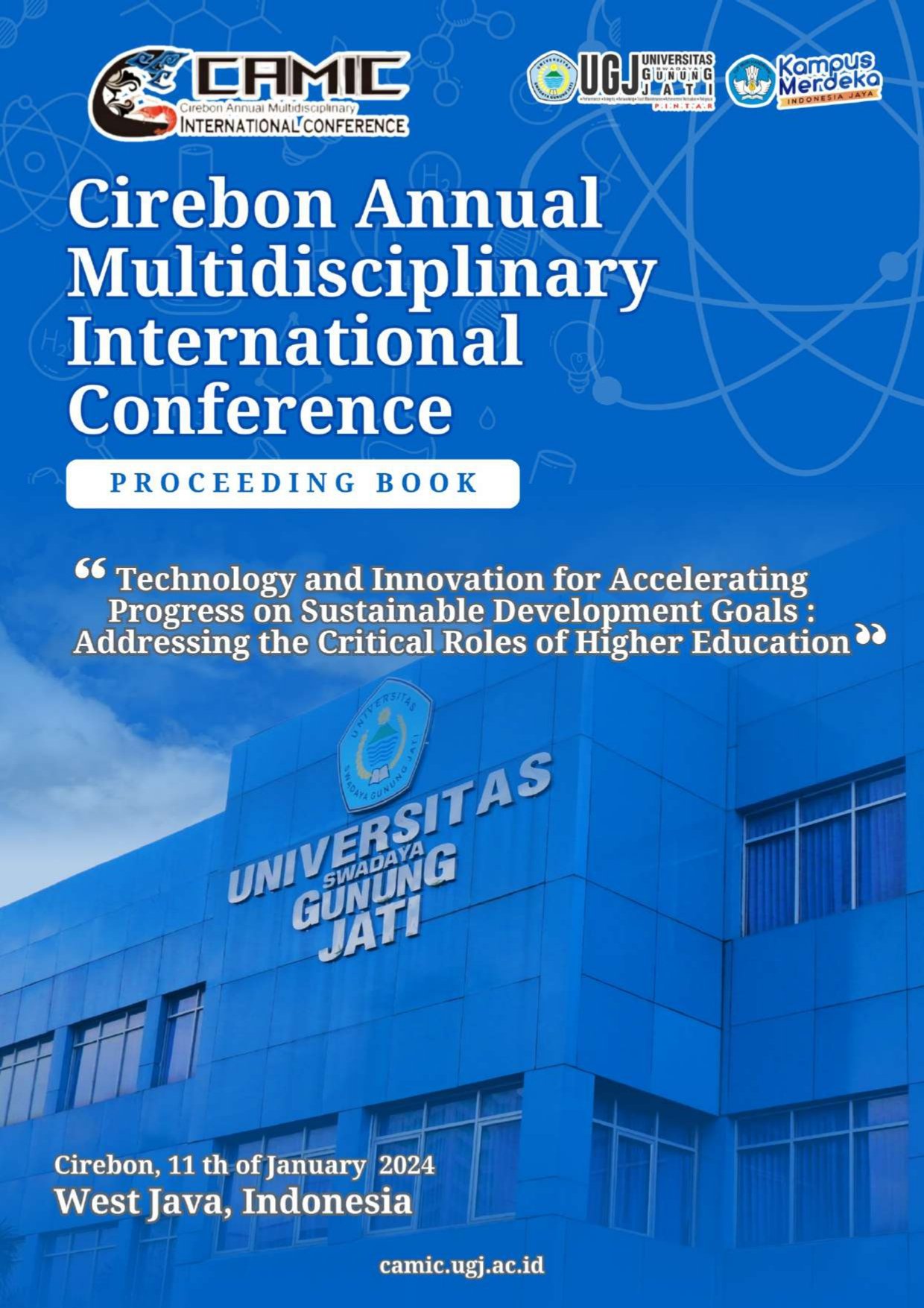LEGAL STUDY ON THE SYNCHRONIZATION OF REGULATIONS BETWEEN KLHK AND ESDM IN THE PROCESS OF UTILIZING SEDIMENTATION POND WATER (MINING WASTE)
Keywords:
Utilization of sedimentation pond water, Regulations, MiningAbstract
Companies operating in the mining and industrial sectors are mandated to adhere to regulations established by the Ministry of Environment and Forestry (KLHK), which oversees the environmental activities of companies, particularly in waste handling and utilization. Simultaneously, compliance with the Good Mining Practice regulations set forth by the Ministry of Energy and Mineral Resources (ESDM), the overarching body regulating all mining activities, is imperative. The fundamental concept involves scrutinizing each government policy in reviewing sedimentation pond water utilization to create an environmentally pristine setting. The research methodology employed is grounded in the positivism paradigm to assess the impact of sedimentation pond water utility based on Minister of Energy and Mineral Resources Decision No. 1827K/30/MEM/2018 and Republic of Indonesia Ministry of Environment and Forestry Regulation No. 5 of 2021 concerning Procedures for Issuing Technical Approvals and Operational Feasibility Letters in the Environmental Pollution Control Sector. The outcomes reveal that sedimentation ponds serve as environmental management facilities for preventing and mitigating environmental pollution. In this context, processing and utilization of sedimentation ponds are permitted with a precautionary principle during mining activities. Holders of Production Operation Mining Business Licenses (IUP Operasi Produksi) and Production Operation Special Mining Business Licenses (IUPK Operasi Produksi) are obliged to manage mining environmental concerns in accordance with ecological documents. KLHK affirms that mine-settling pond water (mining waste) can be utilized with permission, while ESDM allows the usage of this water solely for dust control on mining roads.


